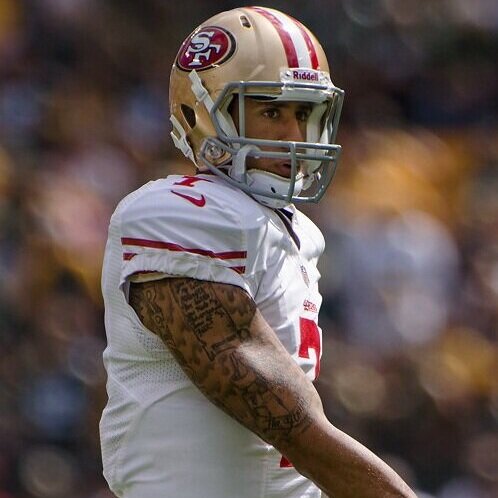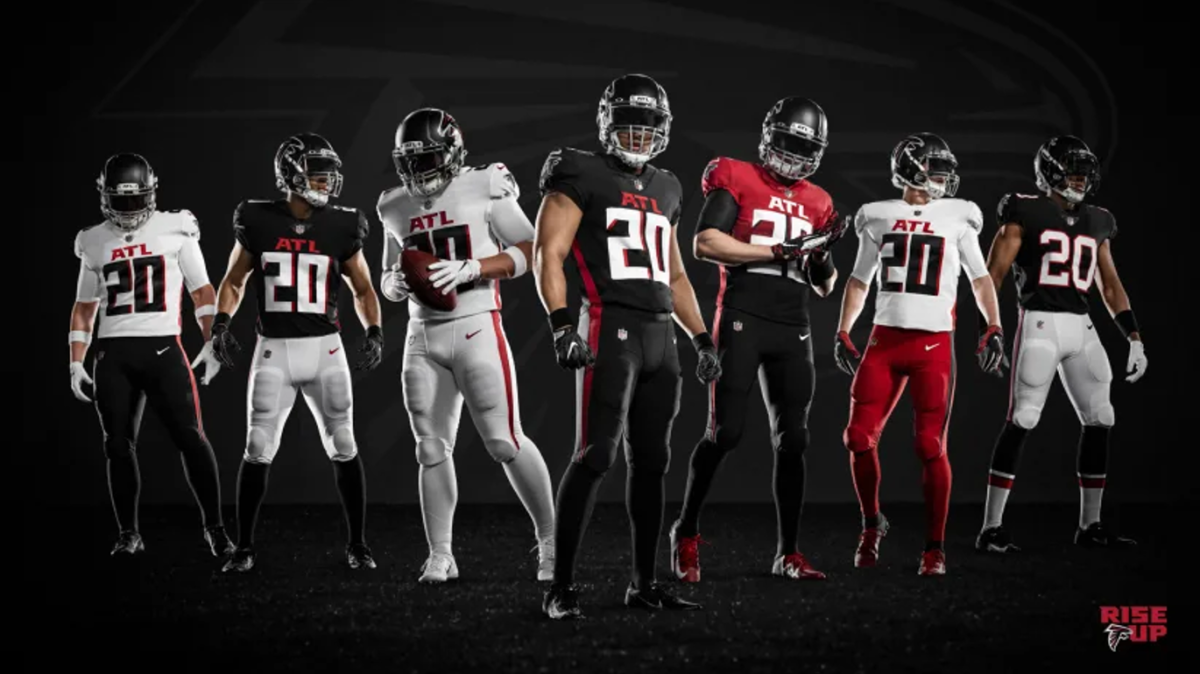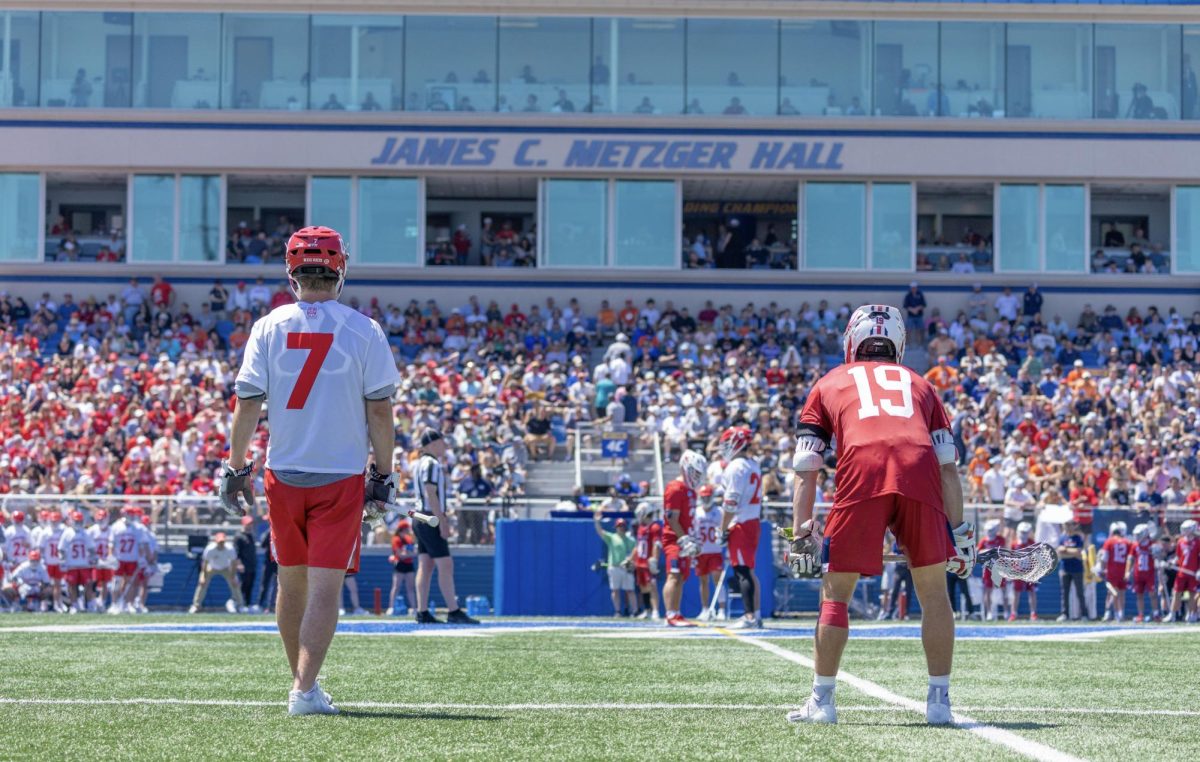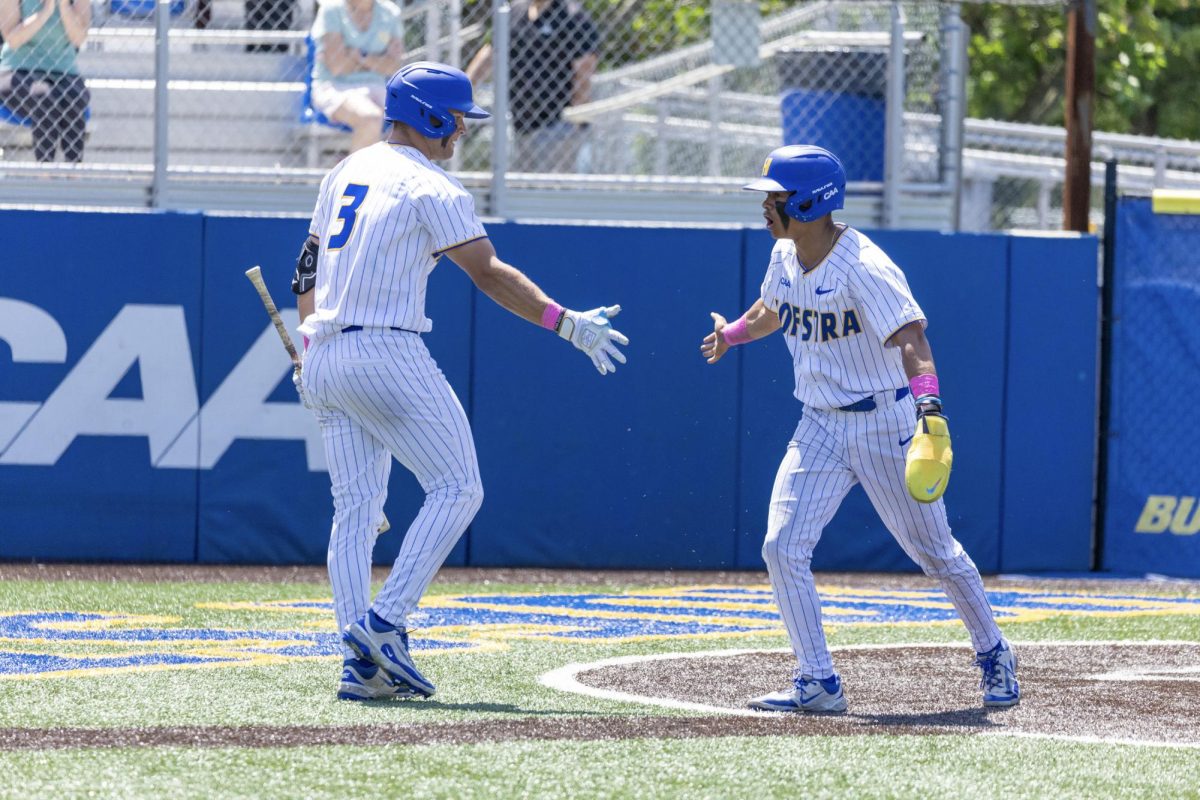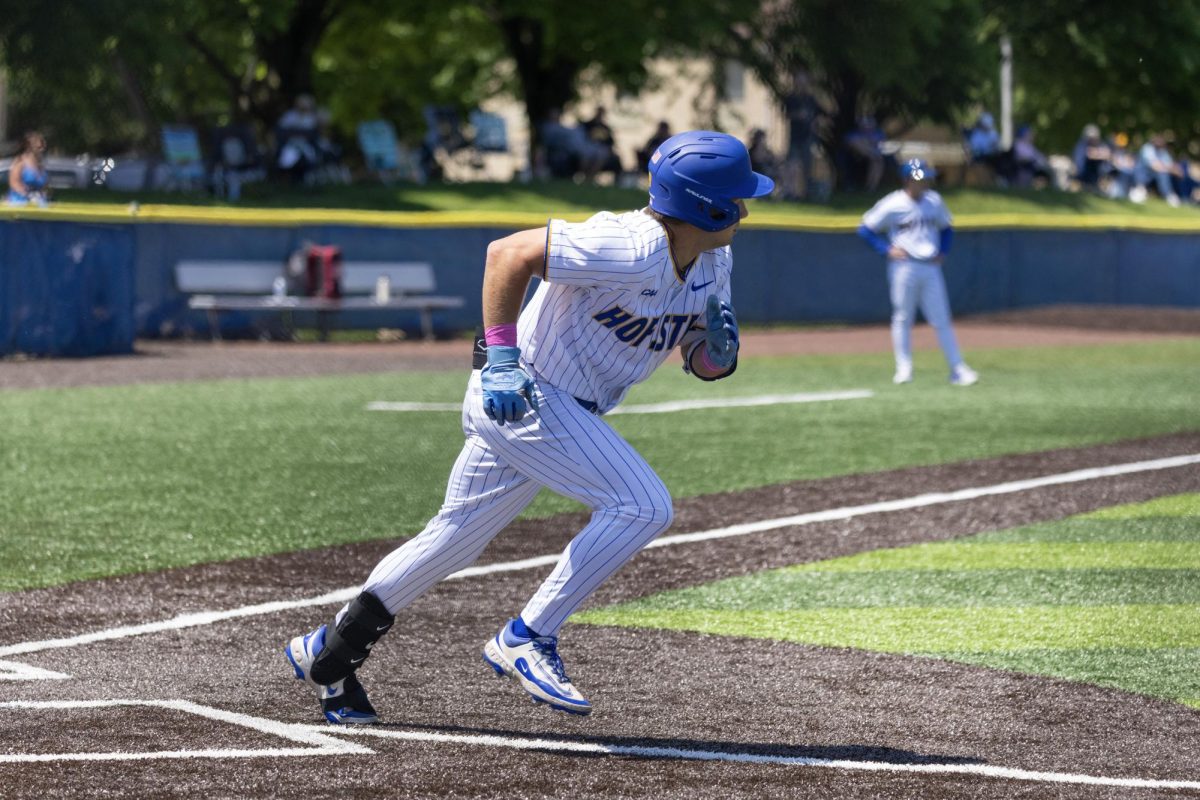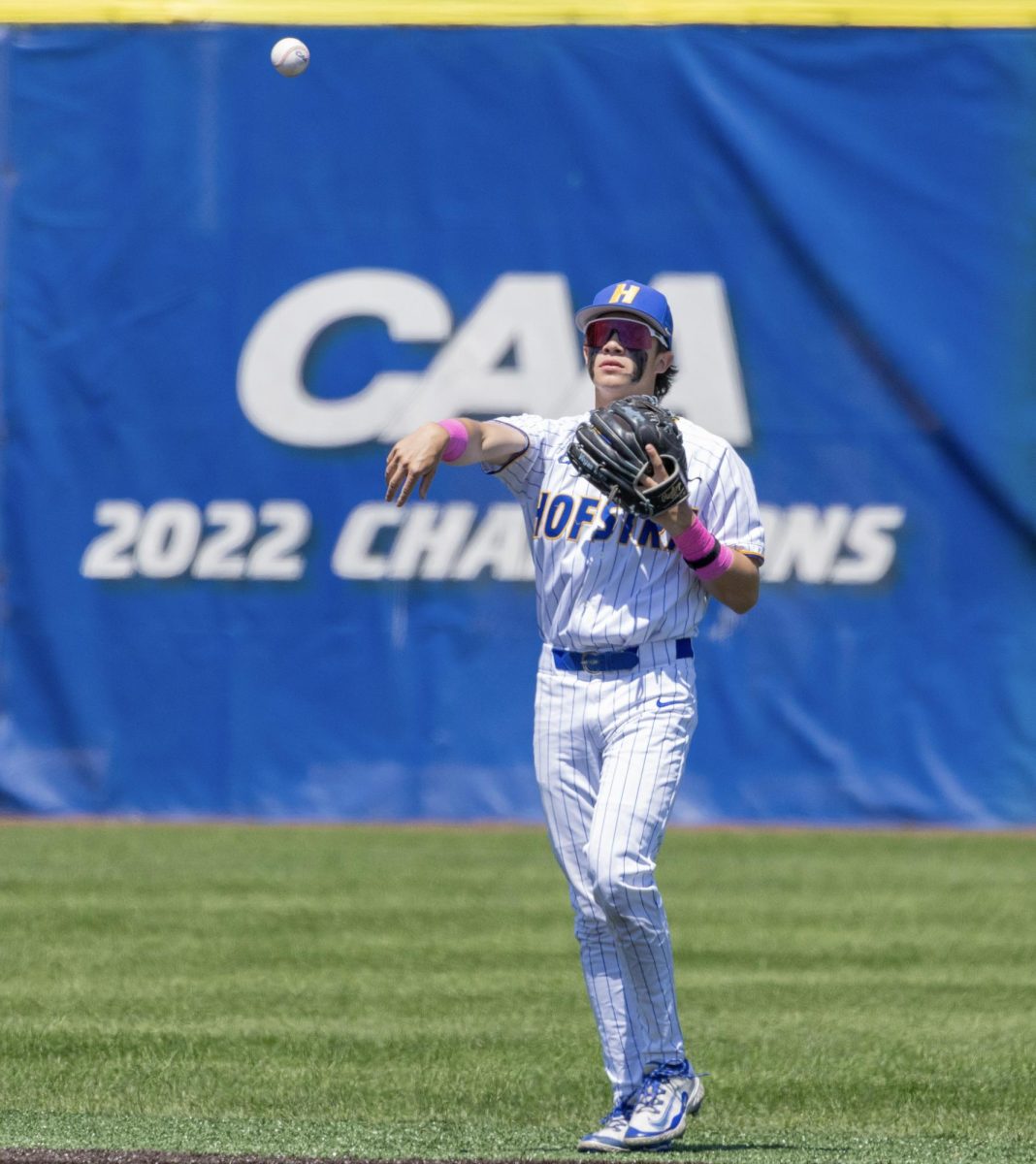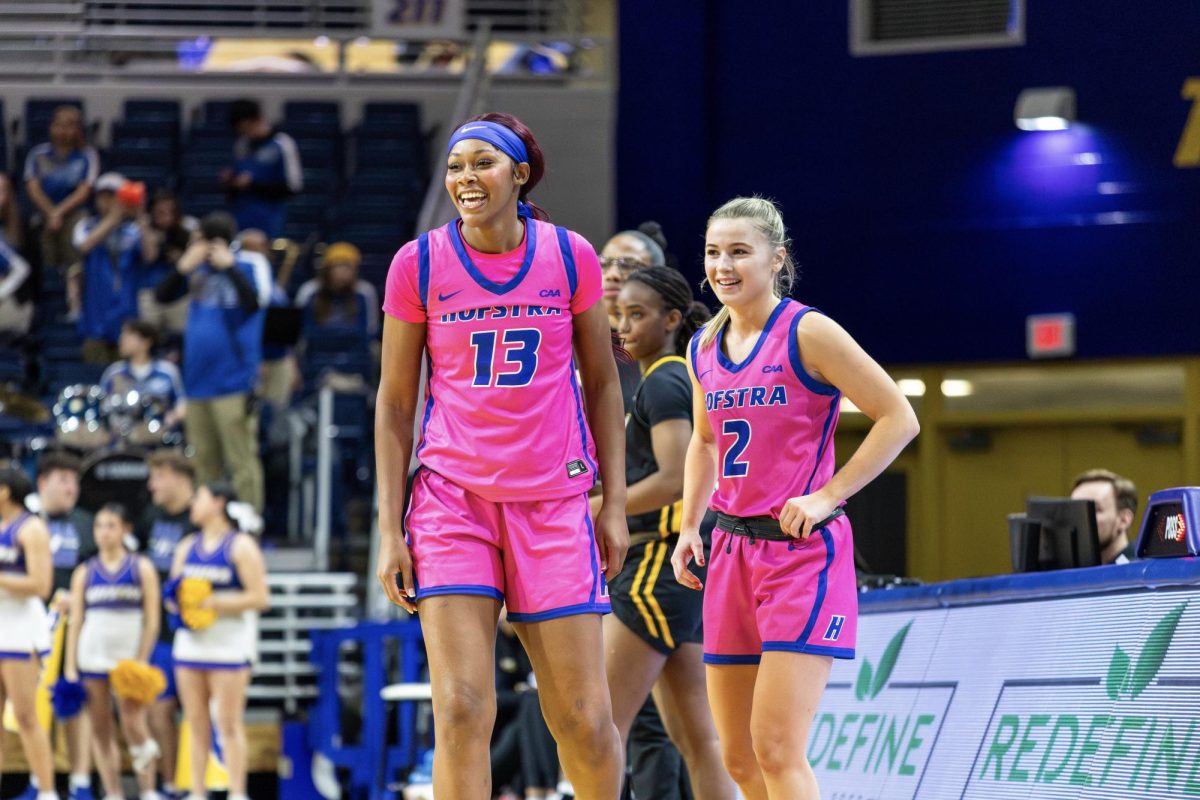The moment the NFL announced they were holding a workout for Colin Kaepernick, eyebrows were immediately raised. After initial plans for the long-awaited workout fell through, there has been plenty of finger pointing taking place with lots of blame being assigned. In order to understand recent events involving a player many believe to have been blackballed, the events of the previous three years must first be placed in context.
Before the controversy that took place on Saturday, Nov. 21, there is a long list of facts and events that must not be forgotten.
First, in 2016, Kaepernick’s last year in the NFL, the quarterback posted a passer rating (the most commonly used metric to evaluate a quarterback) of 90.7, which was good for 17th in the NFL that season – contrary to what some, including Ben Shapiro, may have said. He played in 12 games and started 11 of them. According to Pro Football Reference, from 2016 until now, a staggering 76 quarterbacks who’ve had a passer rating at 90.6 or below have started at least one NFL game.
As for the myth that Kaepernick was benched for Blaine Gabbert to start the season, those who use this as reasoning tend to neglect to mention that Kaepernick was coming off surgery on his shoulder, knee and thumb during the offseason and wasn’t at his playing weight and normal strength at the start of training camp. This left head coach Chip Kelly with no choice but to go with Gabbert despite knowing that Kaepernick was the superior option.
Tim Kawakami, a former 49ers beat reporter and the current editor-in-chief of The Athletic Bay Area, went into great detail about Kaepernick and the 49ers heading into the 2016 season.
“I wasn’t the only media member in the middle of it, but 95% of the people now claiming to know exactly what happened back then weren’t there at all,” Kawakami wrote in an article for The Athletic. “Contrary to one of the great myths of 2016, Kaepernick did not get beat out by Gabbert in training camp. Kelly was very clear about this.” Kelly was quoted in September 2016 as saying, “Colin Kaepernick is our number 2 QB. I don’t think he’s 100% right now so that’s why he’s our number 2.”
In addition to Kaepernick’s health, other things critics often leave out when criticizing him is the talent around him, or the lack thereof. Both Pro Football Focus and Pro Football Outsiders, perhaps the two most trusted and respected in-depth football sites, rated the 49ers as having a bottom-five offensive line, while not mentioning the 49ers having anywhere close to a top flight receiver or running back.
Three-time Super Bowl champion Mark Schlereth said at the time, “In 12 years of playing, and 15 years of broadcasting, this is the worst I have ever seen an offensive line play consistently across this league.” The 2016 San Francisco 49ers also placed last in the entire NFL for both points and yards allowed per game on defense. Since 2016, Chip Kelly has not been offered a single job in the NFL – whether it’s as head coach, coordinator or even position coach.
The one team that did bring Kaepernick in for a workout in 2019 was the Seattle Seahawks. Seattle head coach Pete Carroll, who is widely considered to be a Hall of Fame coach, called Kaepernick a “starter in this league.” Beyond Kaepernick coming off three surgeries in the offseason prior to the 2016 season, he had perhaps the worst roster in the NFL. In order to properly frame and discuss Kaepernick’s on-field play, events must be put in context fairly.
In addition to his on-field play being criticized and at times misrepresented, Kaepernick’s off-field-related criticisms were sometimes mischaracterized. Of all the myths spread about him, there are several non-football related rumors that are simply lacking.
First off, the claim that Kaepernick’s decision to kneel for the national anthem disrespected the military ignores three things:
1. Eric Reid, who first knelt with him, has three family members in the military. Bruce Maxwell was the first Major League Baseball player to kneel for the anthem, and his father was in the military as well. The hashtag #VeteransForKaepernick also trended worldwide, showing support for the movement.
2. According to provision 176 of the United States flag code, laying the flag horizontally, as the NFL does before every game, or wearing the flag on any type of merchandise is considered to be disrespectful. On the other hand, not standing for the anthem is actually not listed.
3. Kaepernick’s original protest was sitting for the anthem. The idea of kneeling was actually suggested to him by a Navy Seal Green Beret named Nate Boyer. While some in the military strongly opposed his protest, the military was just as divided as the rest of America.
As for Kaepernick being a distraction, that claim simply isn’t backed up by any of the evidence. “I’ve been involved with a lot of circus atmospheres in locker rooms and around teams and that was not one of them,” Kawakami wrote. “And after a few weeks, even that mostly died down to a small trickle of reporters waiting to talk to Kaepernick. Then Kaepernick replaced Gabbert as the starter in Week 6, so there was another rush of attention; eventually, that calmed down too.”
In fact, according to multiple people within the organization, this holds true.
“We heard from the outside about what a distraction it is,” Kelly said. “Except those people aren’t in our locker room and it never was a distraction. And [Kaepernick] never brought that and never turned it into a circus … when you’re not there, it’s easy to speculate on what it’s like, but he is zero distraction.”
“I feel the locker room is really close. I don’t feel any of that division people from the outside are saying at all. I wouldn’t need to tell you if there was. I think any kind of division like that is pretty evident. I don’t think that’s going on at all,” said Joe Staley, an offensive tackle for the 49ers. “I don’t see that around this locker room at all.”
“At the end of the day, honestly, it probably brought us closer together as a team, as crazy as that sounds,” said Vance McDonald, a Pittsburgh Steelers tight end who played on the 49ers in 2016. “But that’s just the way we feel as a team; that makes sense to us.”
“Our locker room is probably better than it was,” agreed Torrey Smith, who was a wide receiver for the 49ers in 2016. “And when you get to learn people’s different perspectives, or even help them learn yours or you learn theirs, it made our team better in a lot of ways.” Smith dismissed the notion of Kaepernick being a distraction at all.
Matt Barrows, a beat reporter for the 49ers, explained, “On most weeks, it was a normal-size crowd. And as the season went on – and the 49ers got worse and worse – the number of reporters who showed up day to day was actually smaller than usual.”
But did Kaepernick divide the locker room as many have speculated? Was he damaging to the chemistry in the locker room?
In 2016, the quarterback won the Len Eshmont award, given to the 49ers player who best exemplifies “inspirational and courageous play.” The award is voted on by the 49ers players and has been given to model NFL citizens, including Frank Gore, Navarro Bowman and Anquan Boldin. If Kaepernick was truly self-centered, looking for attention and divisive in the locker room, surely his teammates wouldn’t have voted him to be the most inspirational and courageous player on the roster. Their vote of confidence tells you all you need to know what Kaepernick’s teammates thought of him.
As for the notion of Kaepernick doing damage to the NFL’s ratings? According to Sports Business Daily, “Nearly 203 million people watched the 2016 NFL regular season across all networks, a gain of roughly 5 million over the 2015 season.”
Finally, considering NFL ratings have survived 224 DUI arrests, 108 drug arrests, 105 domestic violence arrests, 75 assault-related arrests and 50 arrests relating to disorderly conduct since Jan. 1st, 2000 – not to mention negative press by its own former players in a concussion lawsuit – it’s safe to say the NFL’s ratings have been tested and have stood the test of time. The claim that Kaepernick is a ratings killer is simply not backed up by the facts.
After all this took place and after Kaepernick and Reid sued the league for collusion, the NFL, without having talked to Kaepernick’s camp since February, announced with less than four days’ notice than there would be a workout for Kaepernick on a Saturday, when most coaches and general managers are traveling and preparing for their next game, as opposed to Tuesdays when teams usually have the day off. They wouldn’t move it to a Tuesday, and they wouldn’t even move it to the following Saturday to give Kaepernick more time to prepare.
Adding to the distrust between the two sides, the NFL would not tell Kaepernick who his receivers were going to be, prompting the quarterback to fly in his own receivers on his own dime. The NFL also did not provide a list of who would be in attendance, which they originally promised they would.
As for open transparency? The NFL did not want to allow any media into the Falcons practice facility, where the workout was originally supposed to be held. Kaepernick and his camp objected.
Finally, the league wanted Kaepernick to sign a waiver essentially saying that he would not sue the league again for collusion, thus giving his rights away. Several lawyers, including Lester Tate, the president of the Georgia State Bar, said Kaepernick’s lawyers made the correct decision in advising him not to sign the release and would have been crazy not to do so.
Kaepernick has undoubtedly made his share of controversial moves through the years. He has worn socks depicting cops as pigs and a t-shirt with Fidel Castro on it. He wore a Kunta Kinte t-shirt to the 2019 workout, which in some people’s eyes was a way of equating himself to the slave from the movie “Roots,” as he told the same owners he’s looking to work for that they should “stop running.” But a deep look into the facts, both on and off the field, reveals that not only is Kaepernick good enough to play quarterback in the National Football League, but most of the criticisms levied against him, both related to his play and not, simply are not backed up by the facts.
Photo courtesy of Mike Morbeck – CC BY-SA 2.0

